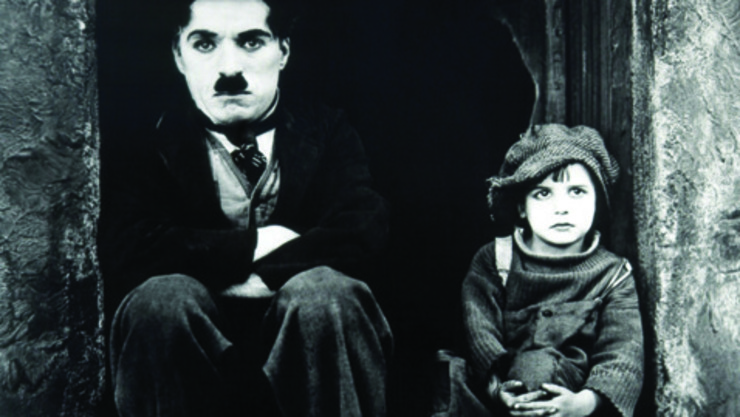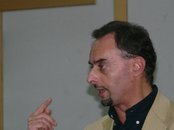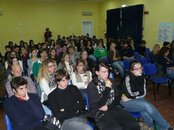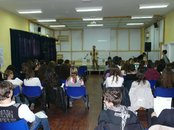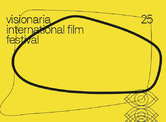"In our society we are bombarded, day by day, by images sending messages from everywhere. In the absence of an adequate level of visual literacy, moreover, we are often unable to decode and perceive, in a critical and non-passive way, most of those messages floating around us and apparently overwhelming and flooding us more and more. People have never consumed so much cinema as today (though, paradoxically, it’s through television or computer and digital devices, losing part of its nature), and it has never been received with such addictive and passive urge. Any film is structured as a complex text, where different codes, sound and visual, are activated. Each film work, structured as it is as a sequence of linked images, expresses meanings and conveys messages and ideas that are made clear only through a careful reading of it and its ways of expression. And to decode and evaluate each film in a way which is not merely superficial, it seems to be of a crucial importance to know the postulates, the various stylistic elements, the forms and language models on which the art of cinema has been based and has developed during its old life. The scheduled meetings are conceived as an opportunity and a first approach to the analysis of the film image, to encourage an active and conscious relationship with a communicative channel we are often passively affected by, without understanding it (something that should be among the main goals in the modern education and training institutions at various levels), to attract young people towards the cinema subject, introducing them to a less superficial knowledge of the audio-visual instruments and language, that is increasingly acquiring the role of language of modernity; finally, these meetings are meant to teach them to control their use of the films’ texts, trying to start a process which goes further, not only related to the educational goals and reasons, but raising instead a motivation based on pleasure and even on the game."
Franco Vigni



